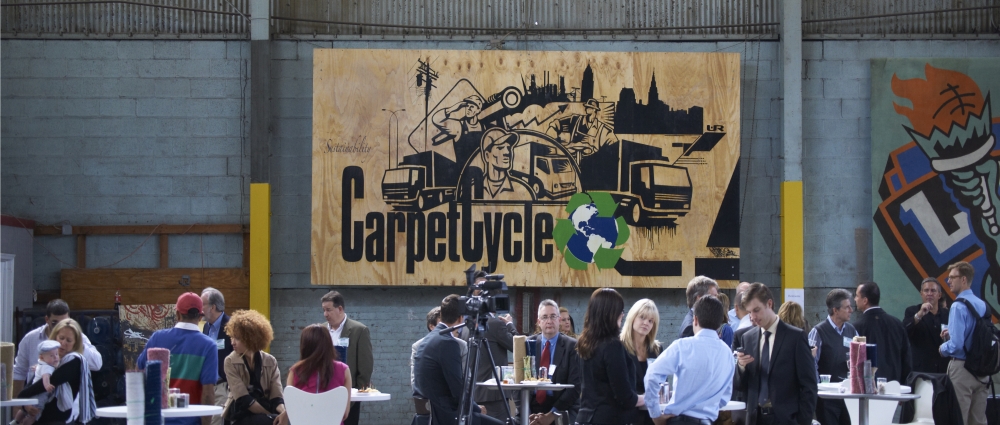News & Stories
It Isn't Easy Being (Profitably) Green. How Waste Management is Rethinking Recycle

On many days it just looks like a load of garbage-says David Steiner, CEO of Waste Management, referencing the company's recycling processing plant in Houston. It is a loud, stinky, dusty, 40,000 square foot Rube Goldberg machine that handles 300 tons a day. Material flies from one conveyor belt to another. Magnets pull off street cans. Sceens skim up cardboard and paper. Optical sensors trigger air puffers that pop bottles into the right chutes.
Not all of it gets recycled; about 15% of the stuff citizens put in their recyling bins should have gone in the garbage can. Workers wearing bandannas against the dust stand along the conveyor belt handpicking items. "People mean well," -Steiner says.
But there's an "unintended consequence" of giving people bigger recycling bins and more opportunities to recycle-soon they want to recycle everything. Plastic shopping bags are a commom culprit, old garden hoses, too; they wrap around mchinery and gum up the works. "It shuts down the plant. Makes it harder to recycle things of real value," Steiner says.
This matters now because the economics of recycling have turned upside down. Recycling used to be the great example of doing well by doing good. It was green-and it was profitable. IN 2014, back when China was still hungry for our lightly used paper, aluminum and steel, you could get $100 or more for the average ton of residential recycling. That was plenty to cover $80 a ton in processing costs and leave a nice margin for Waste Management's shareholders.
But that changed. Slower growth in China cut demand. The oil glut has made fresh plastics cheaper than the recycled stuff. Beijin ever erected a so-called "Green Fence" which enacted standards on imports of Americans' recycling. Now you'd be lucky if your mixed ton of recycled material gets $80- the same as the cost of processing it.
The new paradigm for Waste Management's municipal customers: "When prices are high we'll pay you to recycle. When prices are low we have to charge you," Steiner says. During the commodity boom's heydey Waste Management generated aftertax cash flow of about $150 million a year on recycling operations and was investing $100 million a year in recycling. Since 2013, however, the company's revenues from recycling have fallen 20% to 1.2 billion last year (out of 13 billion in total sales, the majority from traditional trash collection.)
Without glass it's easier for Waste Management to focus on the high-value stuff. Last year the EPA did a study looking at the "embedded energy" of various materials and how much energy is saved by recycling them. The clear leader is aluminum. Other stuff worth recycling includes copper wire, with the energy of 14 barrels of oil per ton, while mixed plastics have 7, personal computers 5, steel cans 4, and newspapers 3. A ton of glass by comparison, has just a half-barrels worth of energy, which is about what it takes to drive it to the landfill.
Even in ubergreen California, scrap glass has a negative value of $6 per ton. According to the Container Recycling Insititute, California has seen 800 recycling centers - about a thrid of its total-close since 2013. Of coarse some eco-zelous citties don;t care about such market signals. In a pilot program New York City has paid 1,200 a ton to collect 16,000 tons of kitchen scraps since 2014. "If you want to have a high diversion rate and you're ready to raise taxes, we can help," Steiner says. "We can turn your bottles back into oil. We can burn it to make energy. Or we can put it into a landfill. There's a green spectrum. And a cost spectrum. The most green is the most expensive."



